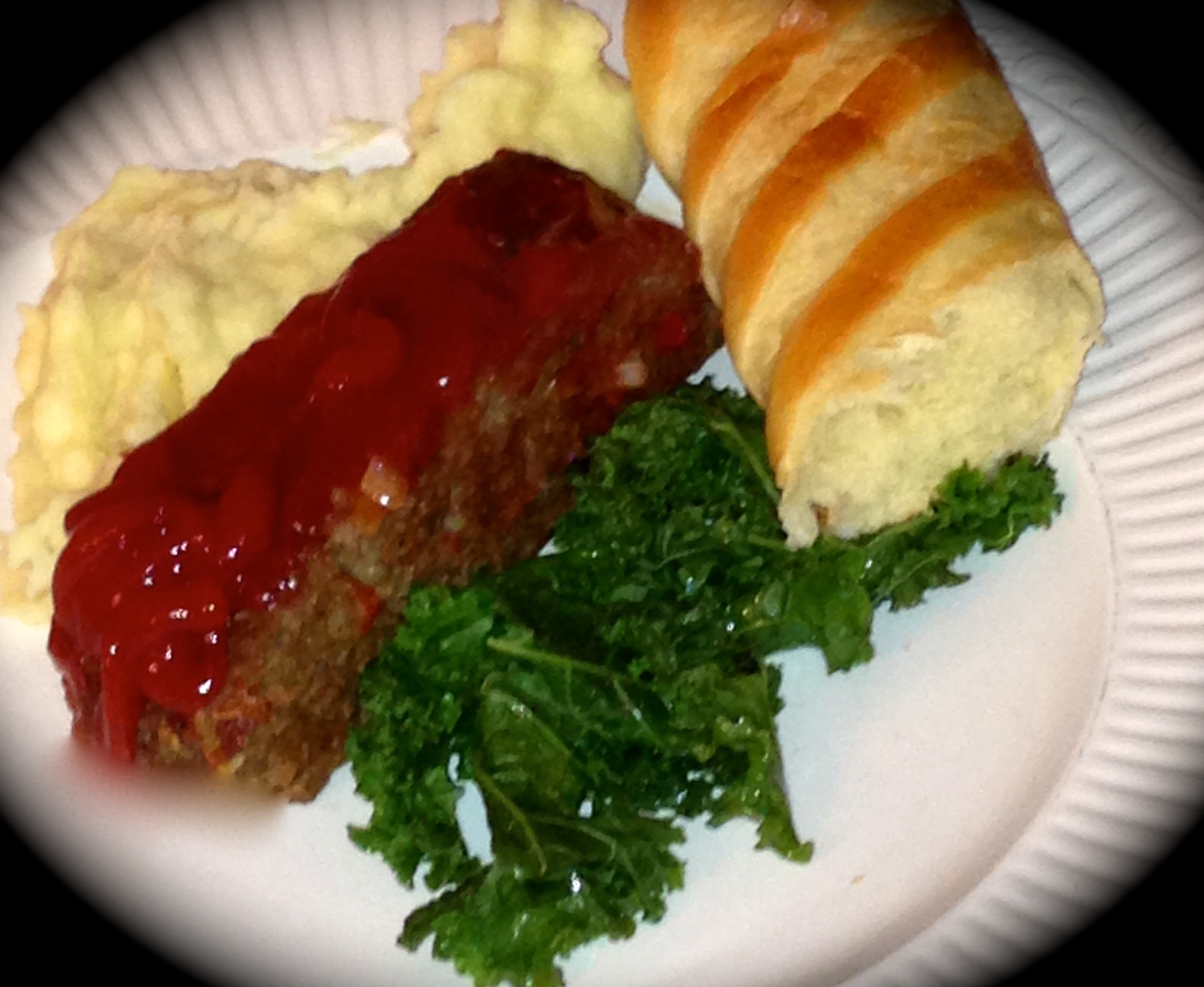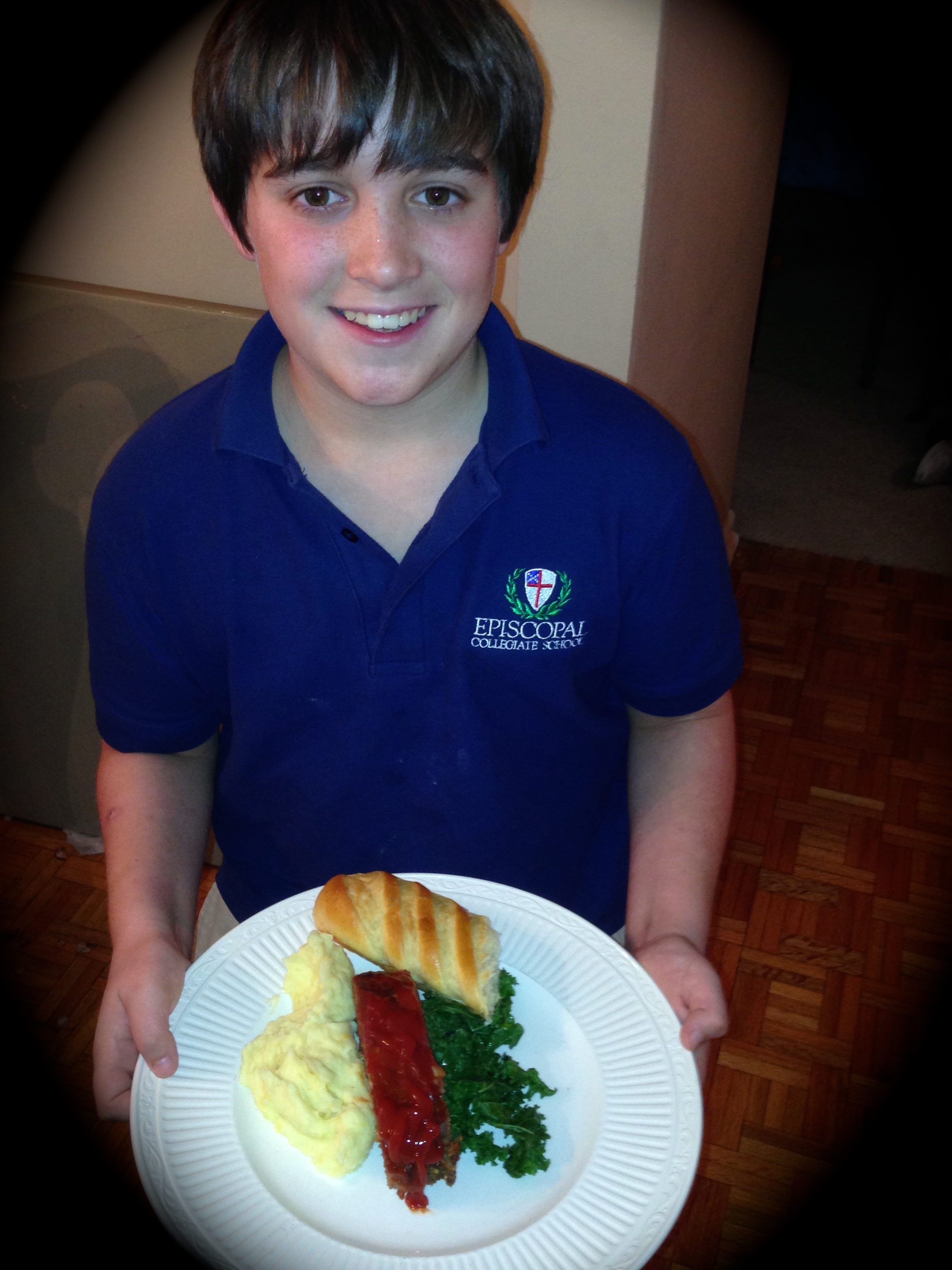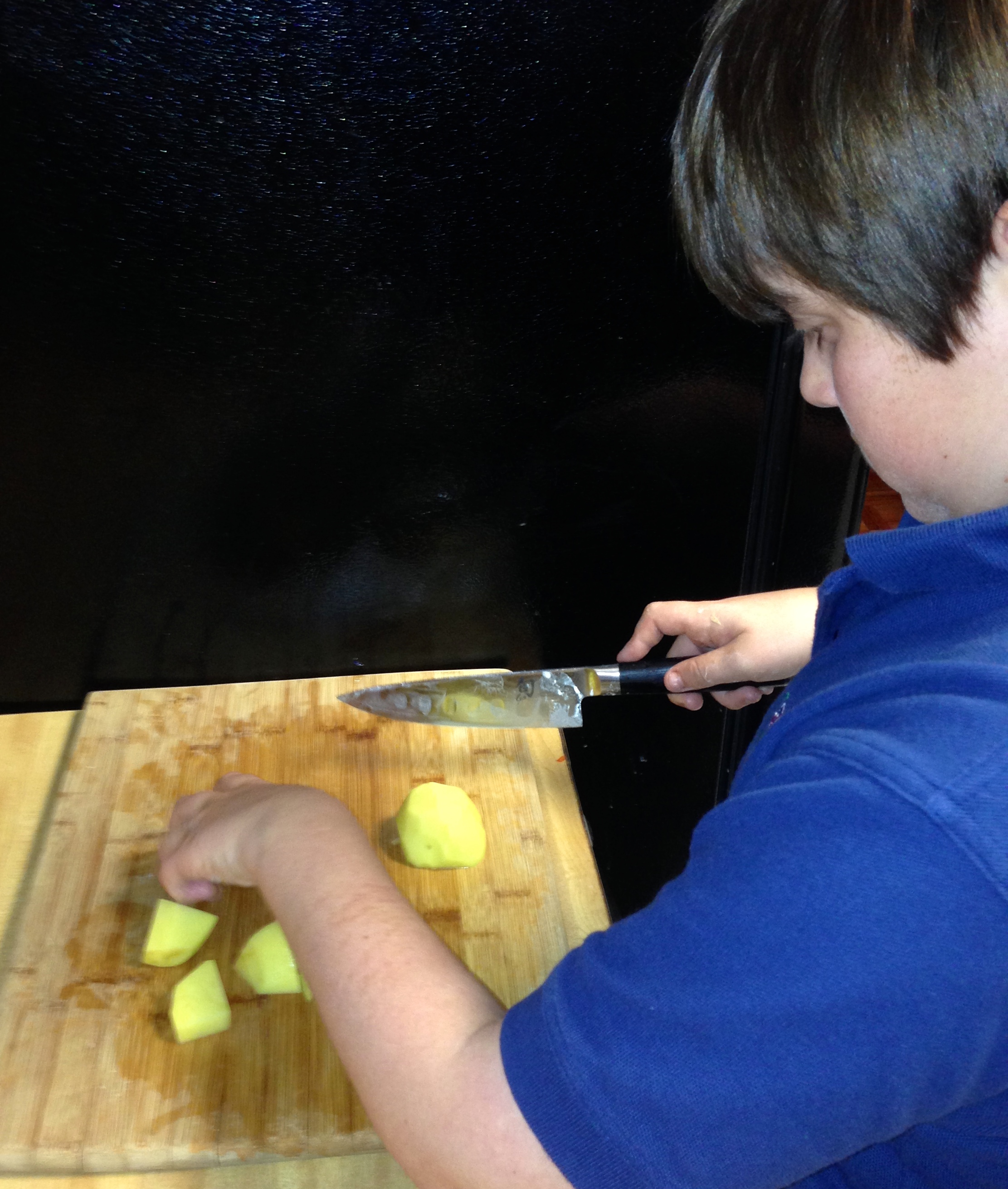Holiday feasts are all the rage this time of year. As you might imagine, the Convivial Boar partakes liberally… But in the midst of lavish holiday feasting fare, it’s good to take a break and feast on the more, shall we say, ordinary. And nobody prizes a feast-of-the-ordinary more than the Nearly-Convivial Piglet shown below.
Meatloaf and mashed-taters are high among his favorites. So, not surprisingly, as he began his feast-making journey this is where he wanted to start.
Despite meatloaf’s popularity throughout history (the origins of meatloaf can be traced back to Ancient Rome), many feasters are less than enthusiastic about the dish. Often the mere utterance of the word “meatloaf” repulses feasters as they are confronted with visions of ketchup-laden images of their youth. And who can forget Arthur (played by Dudley Moore) slurring the blessing, “I’m thankful I got the smallest piece of meatloaf.”
Suffice it to say, meatloaf is not every feaster’s favorite. Indeed, many feasters seem to fear the loaf. But, why? Could it be how it is presented…does this description conjure any memories?
“The Chef is proud to offer his special meatloaf tonight. The ingredients of the loaf feature an array of secret, chef-choice items —only he knows what they are. The overall composition of the loaf is delightfully soggy while the meat retains a slight rubbery-chew texture. Scattered throughout the loaf are rough-chopped and undercooked vegetables providing a sporadic unidentified crunchiness. And the meatloaf will be presented this evening as a free-form blob glistening with a cold, masking, layer of ketchup.”
Sounds delicious, doesn’t it my friend? Stop trembling, here are some suggestions from a recent meatloaf prepared by the Nearly-Convivial Piglet—or, “Piglet” for short.
Part of the fun of meatloaf is that it can use as many or as few ingredients as you desire, but the feast-maker should be proud of what goes into the loaf and be ready to wax eloquently to feasters about the specially selected ingredients. The most fearful of feasters can be coaxed into relaxing a bit by an enthusiastic and knowledgeable feast-maker. Piglet practically assaulted his feasters with information about what went into his loaf —I will leave it to others to say whether he was eloquent or not.
Express your creativity through the loaf —rigidity is one of the few unwelcome ingredients. While nearly every meatloaf involves ground meat, it does not have to be simply ground chuck —any ground meat (or combination of ground meats) can be used. Some of our favorites are venison, buffalo, and sirloin (note: we prefer to use lean meats because less fat cooks out helping reduce the sogginess of the loaf). For the loaf pictured above, Piglet opted for ground sirloin.
Fillers are needed to keep the loaf from becoming too dense. These can include cracker crumbs, breadcrumbs, Panko breadcrumbs, rice or even oatmeal. Piglet used gluten-free Panko breadcrumbs.
Vegetables add flavor and texture to the loaf. For his loaf, Piglet added onion, red bell pepper and celery. The key is to dice them very finely to ensure proper cooking (or if you want them bigger, sauté them before adding to the loaf). Piglet is a precision dicer.
Piglet also likes to add garlic and herbs (typically, rosemary and thyme), and for seasoning he keeps it simple with kosher salt, fresh ground black pepper and chili powder. He also added a few splashes of worcestershire sauce and eggs to bind it all together —one of Piglet’s favorite parts is jumping in with both hands and mixing it.
After all the ingredients are fully incorporated (including Piglet’s hands, sleeves, pants, and surprisingly, face), Piglet placed the mixture on a large foil-covered rimmed baking sheet. It is important to use a baking sheet larger than the loaf so the moisture and fat can cook out of the loaf —again, reducing the sogginess factor by some degree. Piglet formed his loaf by hand-patting the mixture down and then using his hands to square up the sides until it formed a flat-topped rectangular shape about two inches tall —note the loaf should be fairly uniform shape so that all parts will cook evenly.
Piglet cooked his loaf at 375 degrees for about 45 minutes. The cooking time will vary depending on the meat used and the thickness of the loaf. You want it cooked all the way through but not overcooked as that leads to the rubbery-chew texture —so don’t put it in the oven and forget it. We check ours for proper doneness by using either a meat-thermometer or just slicing the loaf in the middle and inspecting (that was Piglet’s approach).
Lastly, a loaf can be served naked or with a topping-sauce —Convivial Boar Rule #7: when in doubt, get saucy!
This is where Piglet and I part ways a bit. He prefers the ketchup topping, and I prefer to create a sauce du jour. One of my favorite toppings for meatloaf is a black pepper sauce: I sauté onions until nearly brown in olive oil, dust them with flour —then cook the flour a bit, deglaze the pan with dark beer, bourbon, or scotch, add beef broth and lots of fresh ground black pepper (maybe even add the juices from the meatloaf pan —who am I kidding, always add them).
But, alas, this was Piglet’s loaf so we employed the much-reviled technique of point the bottle and squeeze (I looked away during this part). I did talk him into putting the loaf back in the oven for about ten minutes to let the ketchup brown a bit —it needed to settle, and I needed, well you know what I needed…
Piglet’s meatloaf feast was spectacular, but the best part was seeing his smile and knowing that he felt pride in the creation of the feast!
Exalt the ordinary, my friend.




What a Great Dad!! I enjoyed the post and So proud of Piglet!!